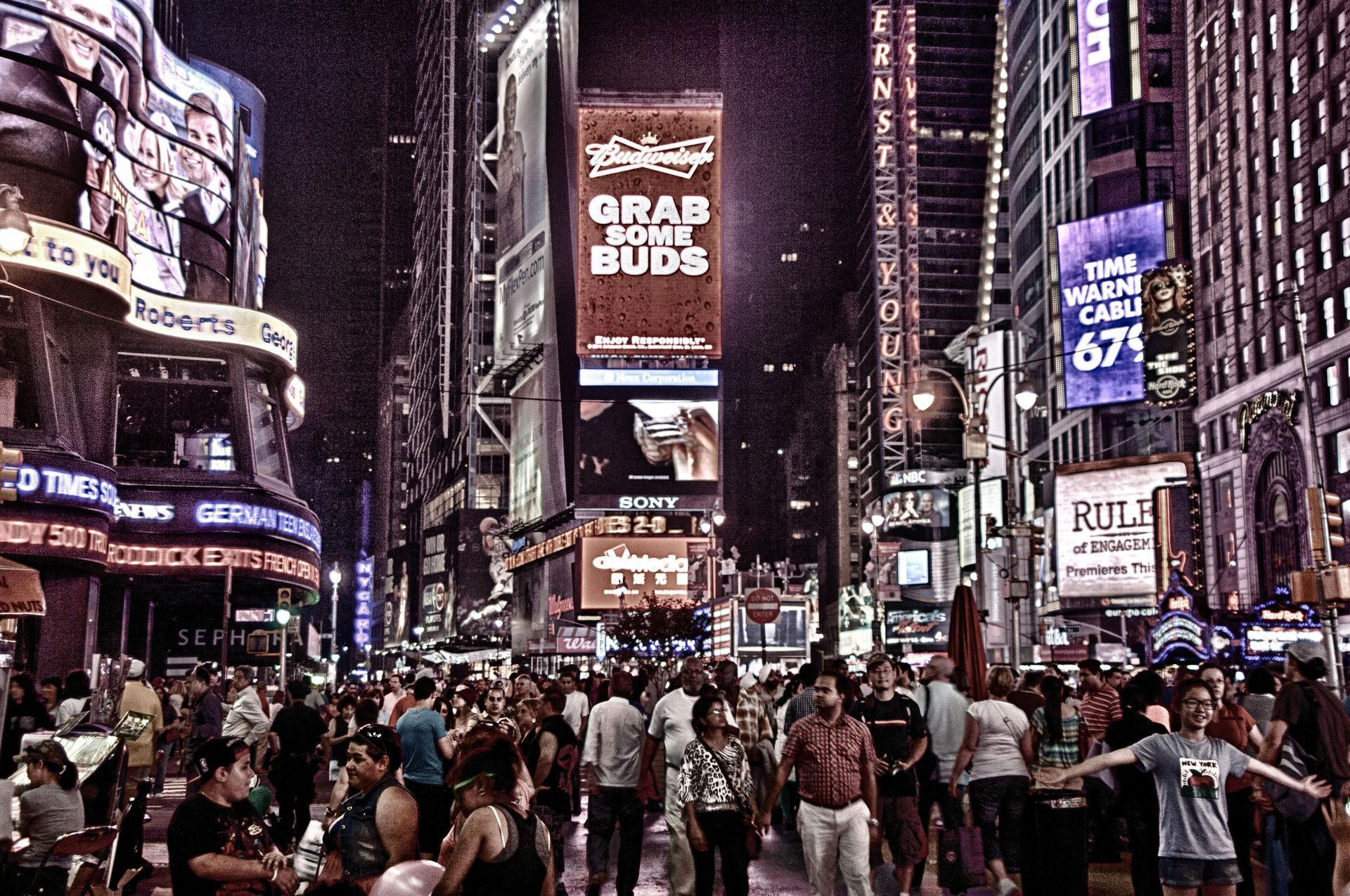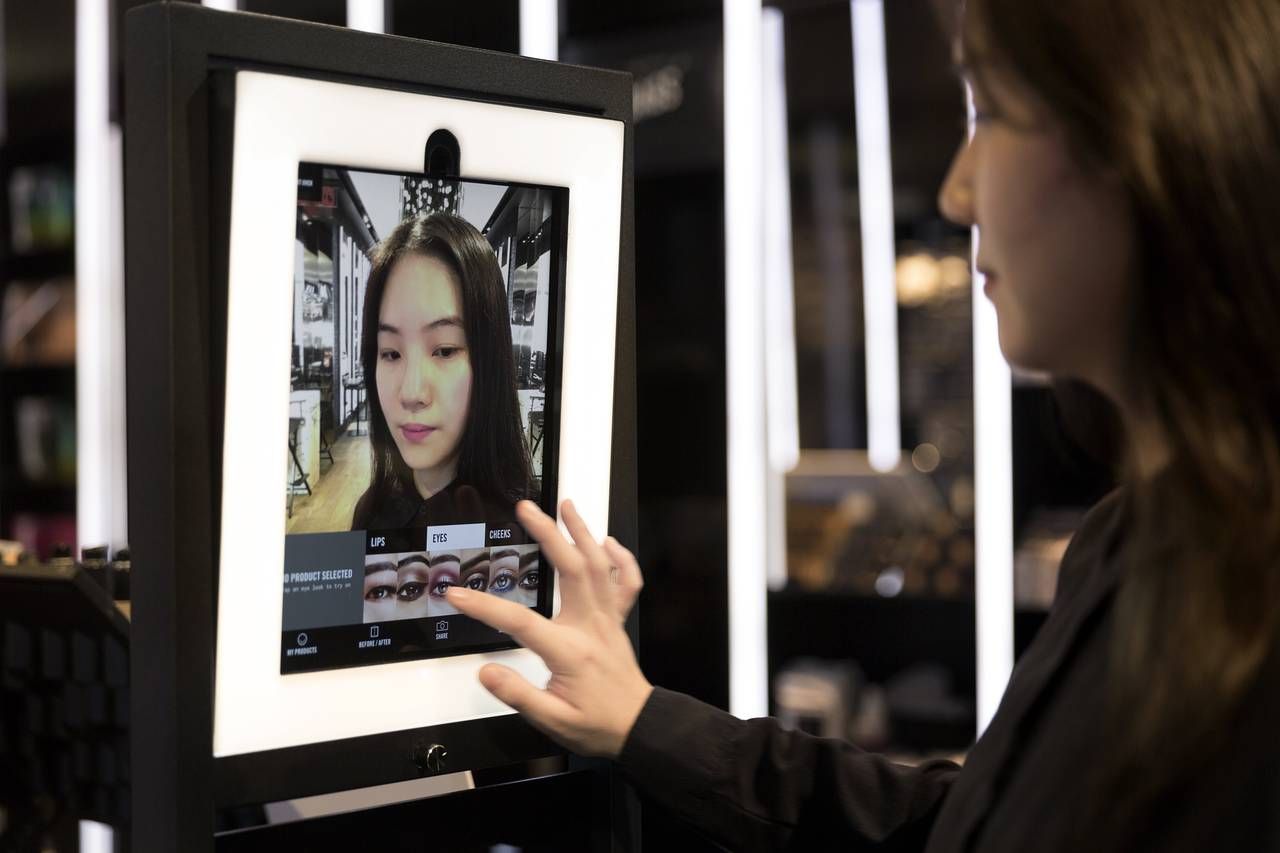How AI is Transforming Graphic Design: The New Frontier of Creativity and Efficiency
Artificial intelligence (AI) is reshaping industries worldwide, and graphic design is no exception. Designers once spent significant time on repetitive tasks, such as resizing images and adjusting layouts. AI is automating these aspects, freeing creatives to focus on high-level design work that requires human insight. From tools like Adobe Sensei to machine learning algorithms that generate entire layouts, AI is revolutionizing graphic design and promising a future filled with creative potential and streamlined workflows. Here’s how AI influences the design landscape, blending human creativity and machine precision.
Automating Repetitive Tasks: The New Age of Efficiency
In traditional graphic design, repetitive tasks like resizing, cropping, or color correction consume valuable time. Today, AI tools automate these actions, allowing designers to work more efficiently. Tools like Adobe Sensei help designers apply filters, make selections, and generate design elements with a single click. The outcome is a faster design process that maintains quality while reducing the laborious aspects of design.
By automating repetitive tasks, AI is speeding up processes and allowing designers to dedicate more time to crafting unique and visually impactful designs for their target audiences. This technological evolution is setting a new standard for the future of graphic design by balancing machine efficiency with human artistry.
Speeding Up the Design Process with AI-Generated Designs
Gone are the days of spending hours conceptualizing and tweaking designs. AI algorithms can now analyze design patterns, audience preferences, and brand elements to produce suggestions within seconds. These design suggestions are more than mere templates; they are tailored to reflect the brand’s identity and appeal to its target audience. Companies can significantly speed up the design process using AI, reducing the cost and time of developing marketing materials.
The potential for AI-generated designs also opens doors for more agile marketing campaigns. For instance, businesses can quickly generate variations of a single ad, test each version’s effectiveness with different audiences, and optimize based on the results in real time. This capacity to generate designs at scale is a major boon to brands aiming to remain relevant in a rapidly shifting market.
Machine Learning Algorithms and the Creative Process
Machine learning algorithms are at the heart of AI’s impact on design. By learning from vast data sets, these algorithms recognize patterns that make certain designs appealing and functional. This means AI can generate designs that look good and engage viewers more effectively. For example, it can suggest color palettes based on historical data about color preferences in certain industries or highlight text that captures viewers’ attention.
AI-driven tools can provide valuable insights into trends and help designers create visually engaging designs that resonate with specific demographics. By understanding and applying these insights, designers are no longer creating in a vacuum; they are informed by a comprehensive understanding of what has worked in the past and what might work in the future.
Striking a Balance: AI Designers and the Human Touch
While AI can enhance the efficiency and effectiveness of graphic design, it’s essential to strike a balance between AI and the human creative touch. Designers bring emotional intelligence and subjective judgment to their work—qualities that machines are yet to replicate. Creativity involves more than following patterns; it’s about breaking them, understanding nuance, and generating fresh perspectives. AI tools can provide design suggestions but still rely on human designers to curate, refine, and inject personality into the final product.
AI can guide designers toward statistically effective choices, but human designers remain irreplaceable in interpreting and reinventing these choices. As we continue integrating AI into design processes, the industry will likely see a symbiotic relationship where AI and human designers co-create, each enhancing the other’s strengths.
Streamlining Workflows with AI in Graphic Design
Workflow optimization is another area where AI is proving invaluable. The design process typically involves multiple stages, from brainstorming to prototyping to final production. AI streamlines workflows by automating several of these stages. For example, AI-powered design platforms can generate multiple mockups in minutes, enabling teams to evaluate options quickly. When a client requests changes, AI tools can implement these adjustments without disrupting the entire workflow.
Designers are also turning to AI to manage project timelines. With machine learning algorithms, they can accurately predict how long certain tasks will take and plan accordingly. This streamlining saves time and ensures that projects stay within budget—a significant advantage in an industry where resources are often tight.
The Role of AI-Generated Designs in Shaping Design Experience
AI is not only a tool for designers. It’s a partner that shapes the design experience. For example, AI can analyze user interactions with a design to offer insights into what elements engage users the most. This feedback allows designers to refine their work based on real-world data, making the design experience more user-centric.
Moreover, AI-generated designs can help maintain consistency across campaigns. When brands need to develop a cohesive look across multiple platforms, AI can ensure that all elements—from colors to typography—align with the brand guidelines. By providing this level of consistency, AI enhances the visual appeal of designs and strengthens brand identity.
The Future of Graphic Design: AI as a Creative Tool
Looking ahead, AI’s role in graphic design will continue to grow, offering even more advanced tools for ideation, prototyping, and collaboration. Some experts envision a future where AI will act as a creative collaborator, generating ideas that designers can build upon. Imagine an AI that instantly proposes multiple layouts or generates variations on a theme, offering designers loads of inspiration.
With tools like Adobe Sensei setting a precedent, more design platforms will likely incorporate AI capabilities that enhance the designer’s ability to create and expand what’s possible. These advancements will likely lead to more accessible design tools, allowing even those without a traditional design background to create professional-grade visuals.
AI in Graphic Design: Revolutionizing the Field While Empowering Designers
Artificial intelligence revolutionizes graphic design by merging speed and precision with creative freedom. AI is transforming the industry and setting new standards for efficiency and innovation through tools that automate repetitive tasks, streamline workflows, and generate data-driven design suggestions. However, while AI continues to evolve, it cannot replace the human touch that brings warmth, emotion, and originality to design.
As we look to the future, the most successful designers will likely embrace AI as a powerful tool rather than a competitor. By leveraging AI to handle design's technical and repetitive aspects, creatives can focus on what they do best: telling stories, evoking emotions, and creating experiences that resonate with audiences. Together, AI and human designers are shaping a future where creativity knows no bounds, opening new visual communication and branding possibilities.
Ultimately, AI in graphic design is not about replacing designers but empowering them to achieve more than ever, ensuring that the field continues evolving in exciting and innovative ways. This partnership between AI and human creativity marks a new chapter in the design world, filled with boundless opportunities for those ready to embrace it.
TALK TO A PRO
We're here to bring your brand to life!
Stay Connected with BrandXR
Thank you for signing up to our monthly newsletter.
Please try again later.
Create Augmented Reality for Free!
Create, Publish, and Measure 3D Augmented Reality Experiences Without Having to Code.










SUPPORT
Detroit
Saudi Arabia
BrandXR. All Rights Reserved. Website designed by Unleash Media.




